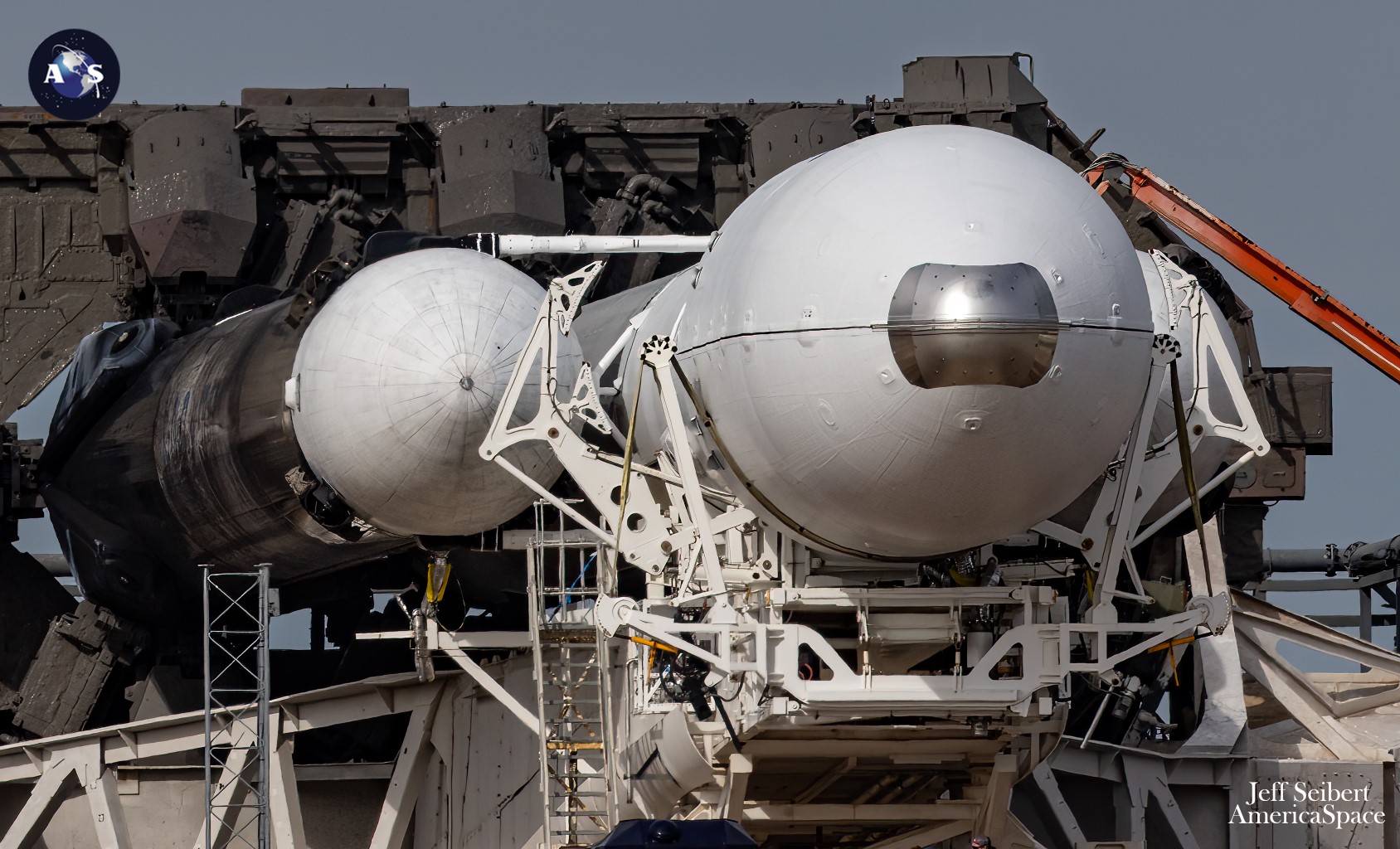
In an unusual move, and without explanation, SpaceX has announced its intent to launch its next Vandenberg and next Falcon Heavy missions within hours of each other on Thursday, 28 December. And a Starlink-carrying Falcon 9 at Cape Canaveral Space Force Station, Fla., postponed since last week due to a generally unfavorable weather picture on the Space Coast, remains To Be Determined (TBD) in terms of a future launch date, with the remainder of the SpaceX manifest for the second half of December unclear.
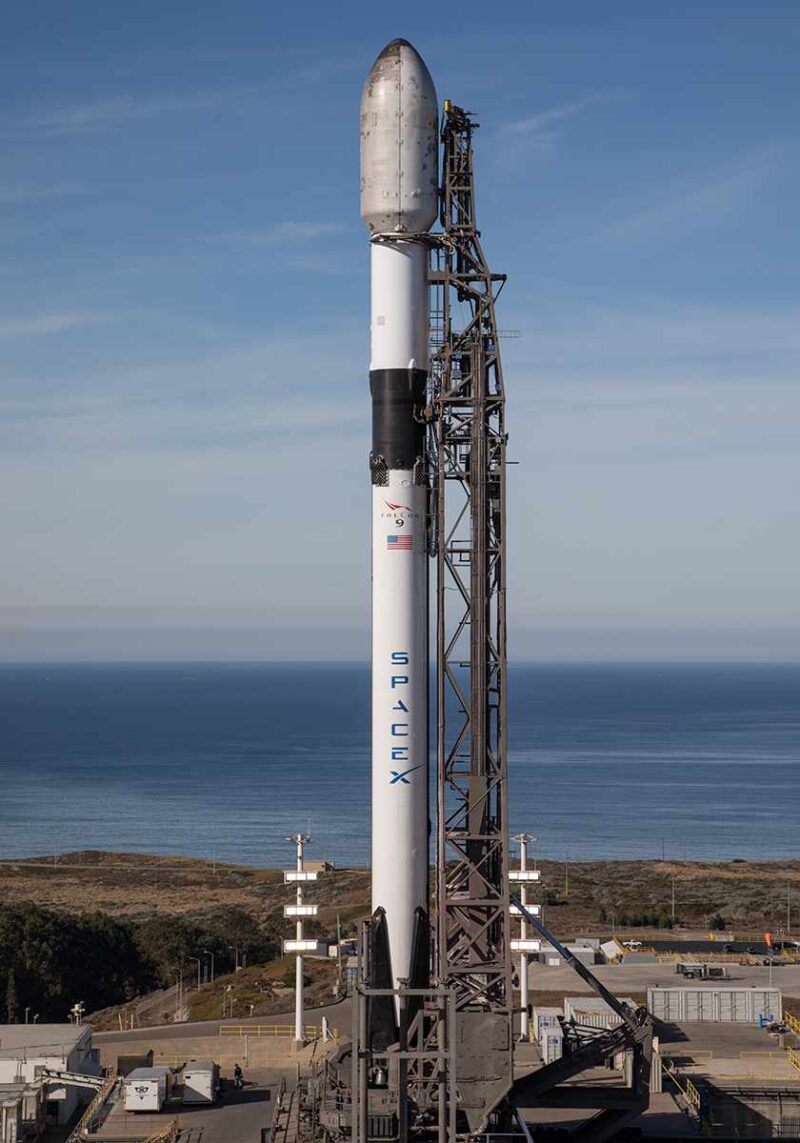
Only hours after announcing that it was targeting Friday evening to fly its third Falcon 9 of the month out of Space Launch Complex (SLC)-4E at Vandenberg Space Force Base, Calif., SpaceX revealed an almost two-week delay until after the Christmas period. Liftoff of the brand-new B1082 core—laden with 21 Starlinks, including the first six “Direct to Cell” members of this ever-growing fleet of low-orbiting internet communications satellites—will now take flight no earlier than 9:09 p.m. PST on 28 December, with a raft of T-0 opportunities extending until 12:32 a.m. PST on the 29th.
Coming online so late in the year, B1082 becomes the fifth brand-new Falcon 9 core to enter service in 2023 and the second to do so at Vandenberg, adding a new player to SpaceX’s West Coast fleet in readiness for an anticipated ramp-up of operations and enhanced mission cadence next year. SpaceX remained tight-lipped on the reason for the “sudden” almost-two-week slip to this mission, although affording teams some downtime for the Christmas period may be one factor in the decision.
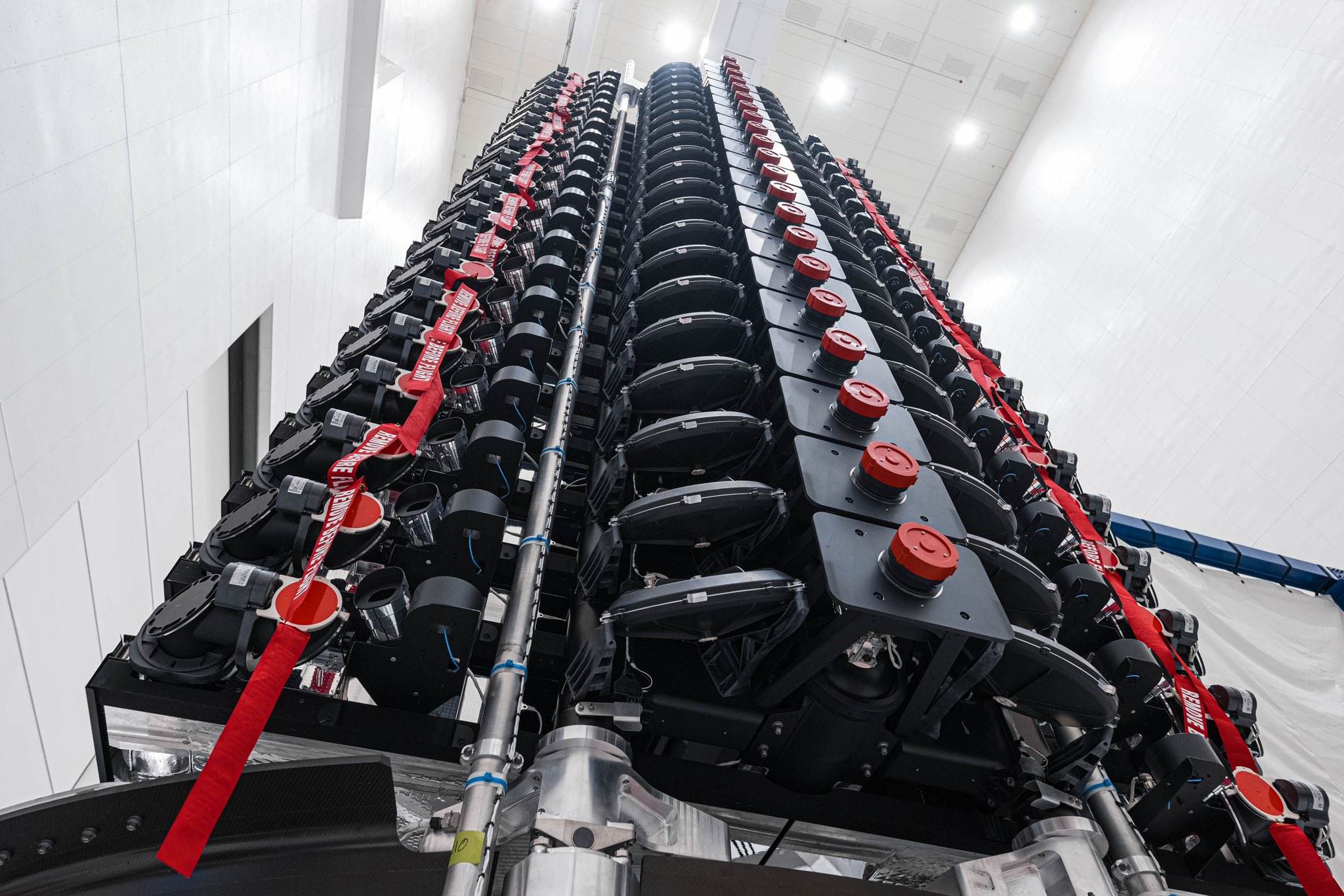
The mission carries a further 21 Starlinks, totaling 37,000 pounds (16,800 kilograms), which will push past 700 the total number lofted from Vandenberg so far in 2023 and exceeding 1,900 in the grand sum of these flat-packed internet communications satellites launched so far in 2023 from the West and East Coasts combined on 20 launches. Among B1082’s haul are the first six “Direct to Cell” Starlinks, which reportedly enable mobile network providers to offer “seamless global access to texting, calling and browsing” whether “on land, lakes or coastal waters”.
Starlink facilitates high-speed and low-latency internet provision to over 60 sovereign nations and international markets in North and South America, Europe, Asia, Oceania and Africa. Last month, Europe’s Georgia, Africa’s Benin, Asia’s Maldives and North America’s Costa Rica joined the network, with Honduras coming online last week.
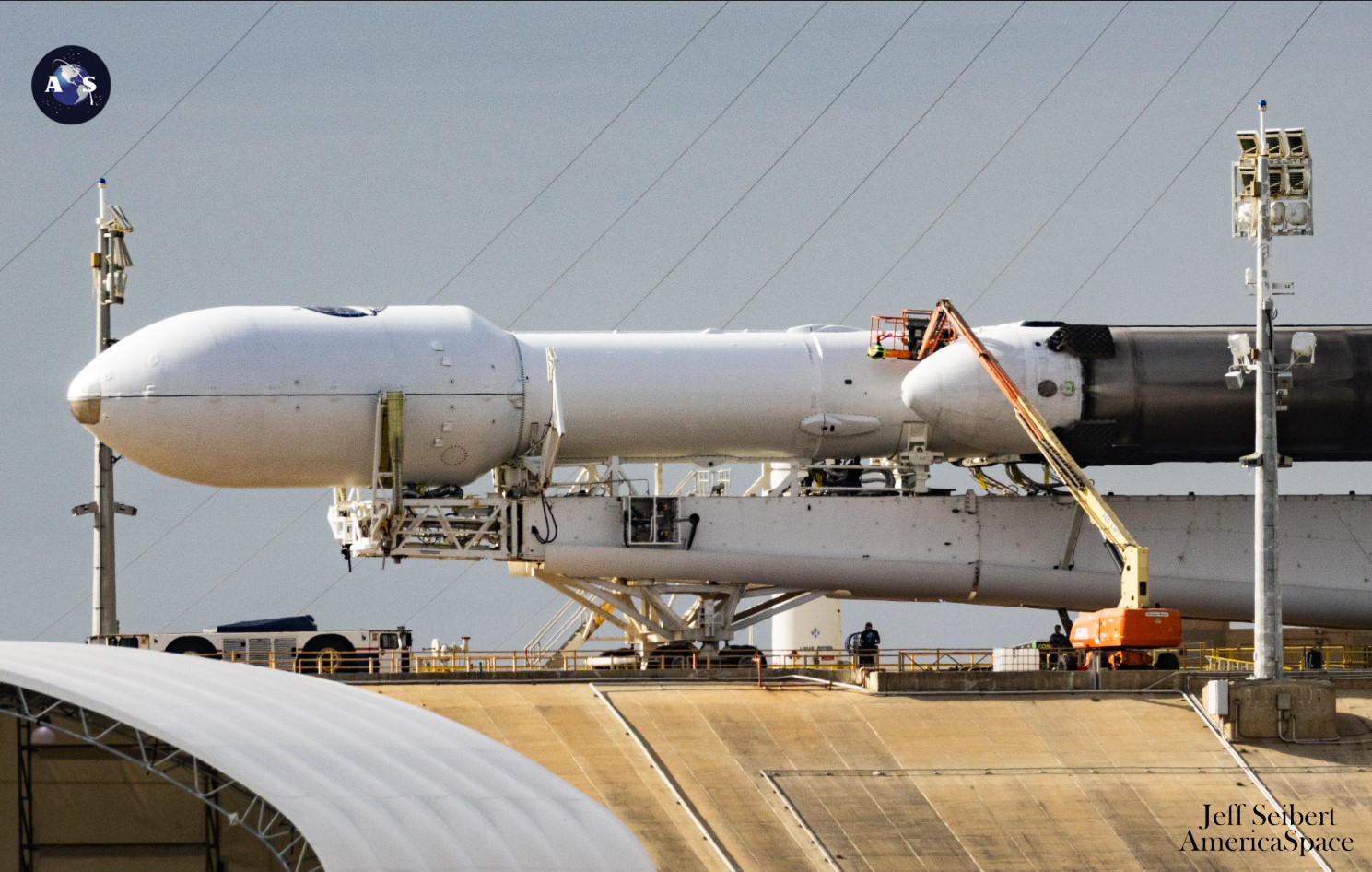
The downsized Starlink “V2 Mini” satellites, first flown last February, boast three to four times greater “usable” bandwidth than earlier Starlink iterations. “V2 Minis include key technologies—such as more powerful phased-array antennas and the use of E-Band for backhaul—which will allow Starlink to provide 4x more capacity per satellite than earlier iterations,” SpaceX explained. “Among other enhancements, V2 Minis are equipped with new argon Hall thrusters for on-orbit maneuvering.”
Florida-based intercity operator Brightline adopted Starlink on its trains earlier in 2023, the first passenger rail service in the world to do so. Additionally, El Salvador’s Ministry of Education has begun integrating Starlink capability into its schools to help close the digital divide between urban and remote rural communities and 50 Rwandan schools are now connected via Starlink’s high-speed internet service.
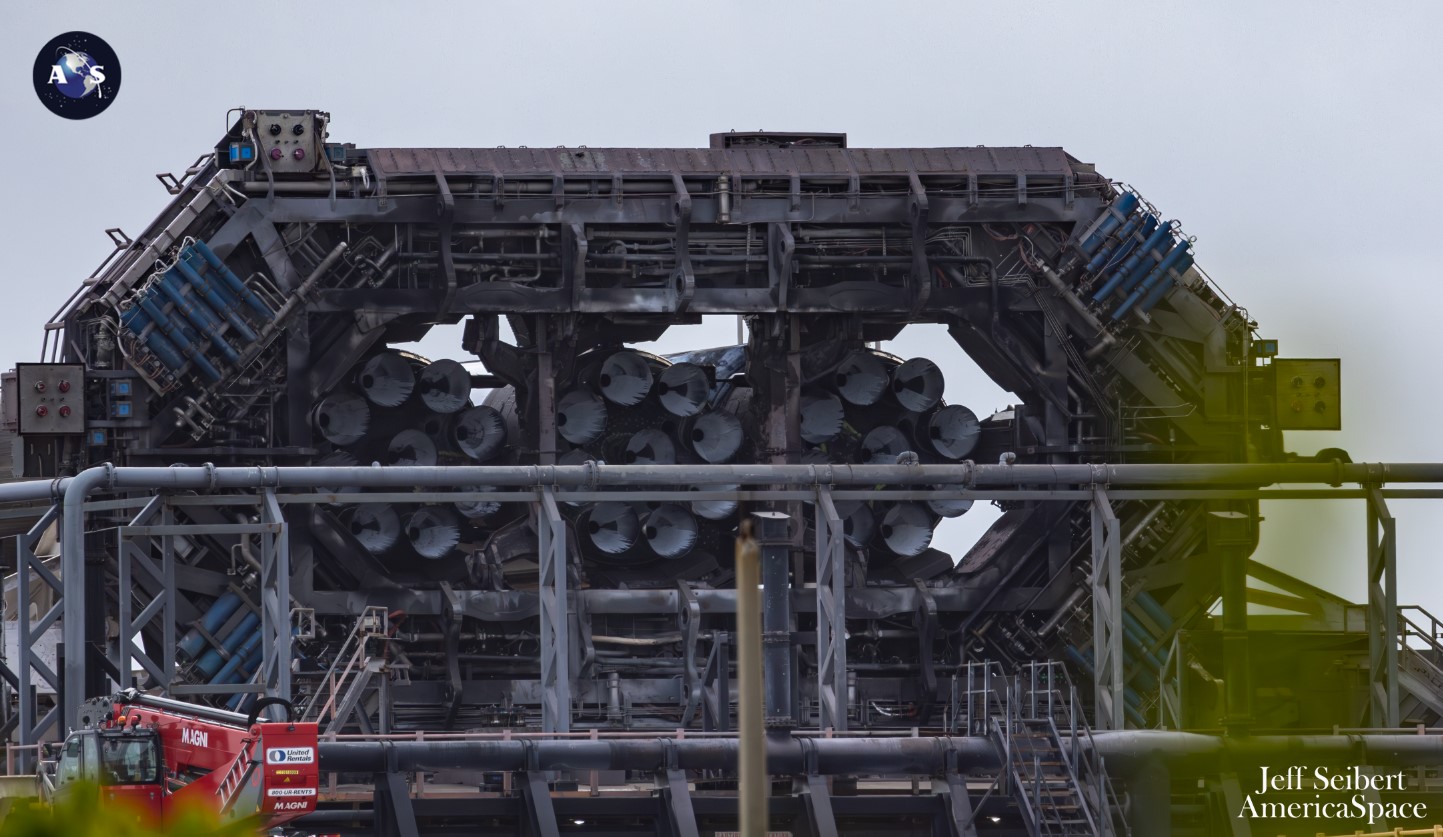
Reassuringly, a new launch window extending from 7 a.m. EST through 11 a.m. EST on 28 December (and the same times on the 29th) was also announced for the U.S. Space Force’s snakebitten USSF-52 mission, carrying the highly classified X-37B mini-shuttle into orbit. Launching atop a triple-barreled Falcon Heavy from historic Pad 39A at Florida’s Kennedy Space Center (KSC), this will be the seventh voyage by the two-vehicle X-37B fleet, with this particular mini-shuttle flying for its fourth time.
Launch services contracts worth $130 million for USSF-52, under its original, pre-Space Force guise as Air Force Space Command (AFSPC)-52, were awarded to SpaceX by the Air Force in June 2018. This was bilaterally modified by $19.2 million in August 2021, raising the total face-value contract to $149.2 million, as launch moved from an initial placeholder in fall 2020 to April 2022, a date which itself rapidly moved further to the right.
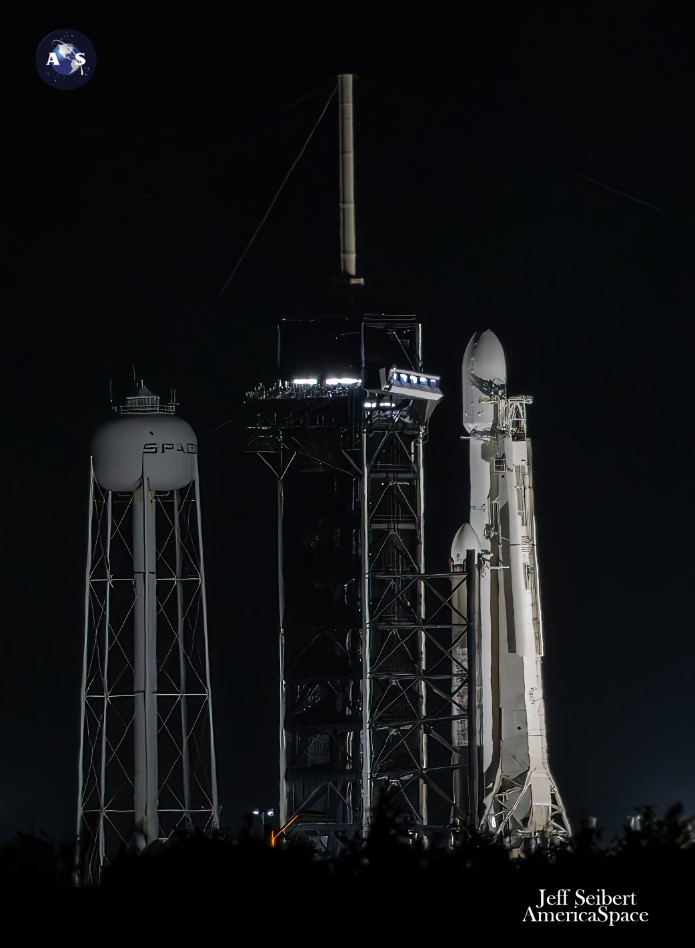
Last month, the Space Force announced the USSF-52 would use the second of two X-37B mini-shuttles. This particular vehicle has already flown three times—a 15-month mission between March 2011 and June 2012 and a pair of two-year stays in orbit between May 2015 and May 2017 and more recently between September 2017 and October 2019—and logged more than 1,966 cumulative days off the planet. It became the first X-37B to land on KSC’s former Shuttle Landing Facility (SLF) in May 2017 and was the first in the fleet to ride a Falcon 9 to orbit in September 2017.
In addition to activities which remain highly classified, this vehicle tested Aerojet Rocketdyne’s XR-5A Hall-effect thruster in furtherance of the Advanced Extremely High Frequency (AEHF) satellite constellation. It has also supported the Advanced Structurally Embedded Thermal Spreader-II (ASETS-II), which measured the performance of an oscillating heat pipe, and served as a testbed for a range of NASA experiments focused on the performance of materials in space.
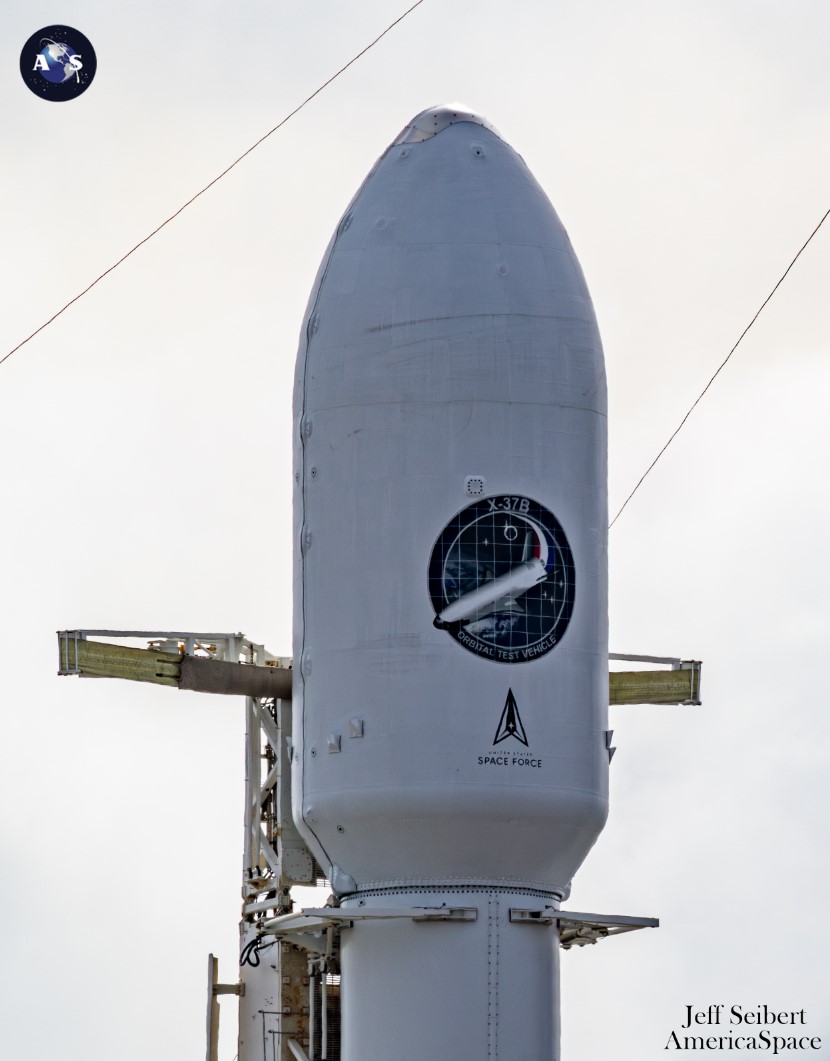
Left unannounced is SpaceX’s manifest for the rest of December, which has so far seen four launches—two from Florida, two from California—in the month’s opening week, before a launchless “drought” of several days, in response to a combination of ground-side technical issues pertaining to USSF-52 and an unfavorable weather picture for launch and recovery operations in the Atlantic Ocean. The single-stick B1083 core, which is being readied for its third trek to space with its own payload of 23 Starlinks, is still listed as TBD.
Although it seems unlikely, judging from SpaceX’s impressive cadence so far in 2023, that a three-week gap from the most recent launch on 8 December until the 28th will expire between missions, this year already has surpassed many expectations, with 87 Falcon 9s, four Falcon Heavies and the first pair of fully integrated Starship test flights. Ninety-one orbital launches greatly exceeds SpaceX’s previous personal best of 61 flights set at the end of last year, with over 2.5 million pounds (1.1 million kilograms) of announced payload mass emplaced into orbit.




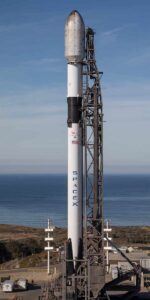

One Comment
Leave a ReplyOne Ping
Pingback:SpaceX Targets New Records, Heads into 2023 Year-End - AmericaSpace